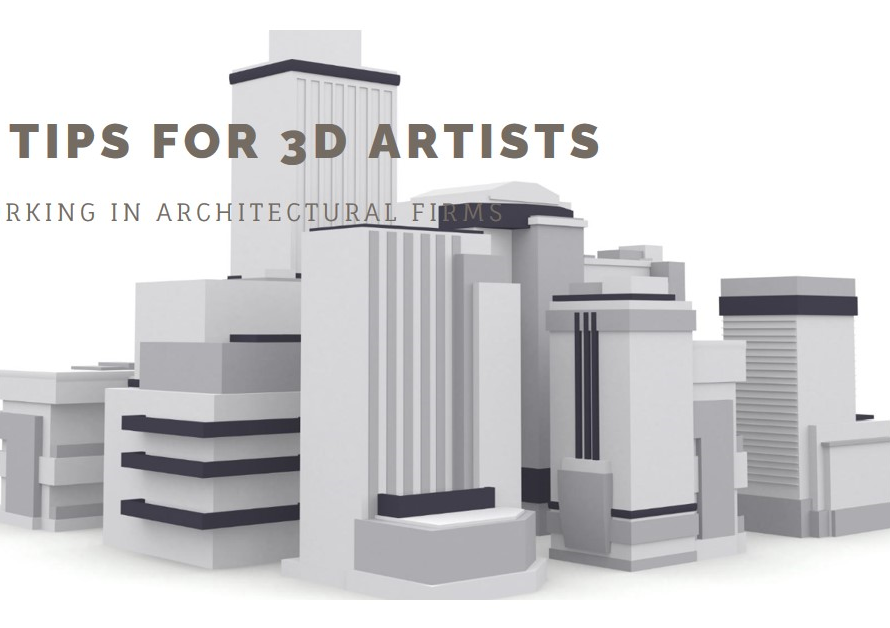
Table of Contents
Introduction to Raleigh:
Nestled in the heart of North Carolina lies a city steeped in history and adorned with architectural wonders. Raleigh, the capital city, boasts a rich tapestry of buildings that chronicle its evolution from a modest colonial settlement to a vibrant urban center. Join us as we embark on a captivating journey through Raleigh’s architectural heritage, where every street corner tells a story and every structure whispers secrets of bygone eras.
The Historic Foundation:
Raleigh’s architectural journey begins with its historic foundation, rooted in the early days of America’s colonization. The Historic Oakwood neighborhood stands as a testament to this era, with its impeccably preserved Victorian-style homes and tree-lined streets evoking a sense of old-world charm. As you wander through this enchanting district, you’ll find yourself transported back in time, where each house tells a unique tale of the families who once called it home.
Transitioning from the residential to the governmental, the North Carolina State Capitol takes center stage as an architectural masterpiece. Designed by renowned architect Ithiel Town in the Greek Revival style, this iconic landmark exudes grandeur and elegance. Its gleaming white facade and imposing columns command attention, serving as a symbol of democracy and governance in the heart of Raleigh.
Modern Marvels:
While Raleigh’s history provides a solid foundation, its skyline is also dotted with modern marvels that showcase the city’s progressive spirit. The shimmering glass facade of the PNC Plaza reflects the city’s commitment to sustainability and innovation. Designed with energy-efficient features and green spaces, this LEED-certified skyscraper stands as a beacon of environmental stewardship amidst the urban landscape.
Adjacent to PNC Plaza, the shimmering steel and glass structure of the Duke Energy Center adds a touch of contemporary elegance to Raleigh’s skyline. Designed by the renowned architectural firm Pickard Chilton, this sleek tower rises majestically above the city, offering panoramic views of the surrounding landscape. Its striking design and state-of-the-art amenities make it a standout feature of Raleigh’s architectural ensemble.
Cultural Icons:Cultural Icons:
Raleigh’s architectural diversity extends beyond residential and commercial structures to encompass cultural landmarks that celebrate the city’s artistic and intellectual heritage. The North Carolina Museum of Art, with its striking modernist design, serves as a beacon of creativity and cultural enrichment. Housing a vast collection of artworks spanning centuries and continents, the museum invites visitors to explore the depths of human imagination and expression.
Transitioning from the visual arts to the performing arts, the Duke Energy Center for the Performing Arts stands as a testament to Raleigh’s commitment to cultural enrichment. Designed by the acclaimed architectural firm César Pelli & Associates, this state-of-the-art complex houses multiple theaters and performance spaces, hosting a diverse array of events ranging from Broadway shows to classical concerts. Its sleek and contemporary design provides a fitting backdrop for the city’s vibrant cultural scene.
Hidden Gems:
Amidst Raleigh’s bustling streets and towering skyscrapers lie hidden gems waiting to be discovered by the discerning explorer. The Mordecai House, nestled amidst lush gardens and towering oak trees, offers a glimpse into the city’s colonial past. This meticulously preserved historic home transports visitors back in time, allowing them to experience life as it was lived centuries ago.
Venturing further afield, the North Carolina Museum of Natural Sciences stands as a beacon of scientific exploration and discovery. Its striking architecture, featuring a dramatic glass atrium and sweeping curves, reflects the museum’s mission to inspire curiosity and foster a deeper understanding of the natural world. From dinosaur skeletons to interactive exhibits, this hidden gem promises endless fascination for visitors of all ages.


Architectural Preservation:
Preserving Raleigh’s architectural heritage is an ongoing endeavor, guided by a commitment to honoring the past while embracing the future. Organizations such as Preservation North Carolina play a vital role in safeguarding historic landmarks and promoting awareness of their cultural significance. Through advocacy, education, and community engagement, these preservation efforts ensure that Raleigh’s architectural treasures remain intact for future generations to enjoy.
Transitioning from preservation to innovation, the adaptive reuse of historic buildings has emerged as a hallmark of Raleigh’s architectural landscape. The Warehouse District, once a hub of industrial activity, has been transformed into a vibrant urban neighborhood teeming with art galleries, restaurants, and boutiques. By repurposing old warehouses and factories, developers have breathed new life into these historic structures, preserving their character while revitalizing the surrounding community.
Sustainable Solutions:
In an era marked by growing environmental concerns, sustainability has become a key consideration in architectural design. Raleigh’s commitment to green building practices is evident in projects such as the Nature Research Center, an expansion of the North Carolina Museum of Natural Sciences. Designed with energy-efficient features and sustainable materials, this LEED-certified facility serves as a model for eco-friendly design and construction.
Transitioning from individual buildings to urban planning, Raleigh’s Greenway system offers a sustainable solution to transportation and recreation. Spanning over 100 miles of trails and green spaces, this interconnected network provides residents and visitors alike with opportunities for walking, biking, and communing with nature. By prioritizing green infrastructure, Raleigh demonstrates its dedication to creating a more livable and environmentally friendly city.
Architectural Innovation:
As Raleigh continues to evolve, architects and designers are pushing the boundaries of innovation and creativity in their quest to shape the city’s future. The Union Station transportation hub, designed by the architectural firm Clearscapes, serves as a striking example of this forward-thinking approach. Blending historic preservation with modern functionality, this iconic structure embodies Raleigh’s commitment to seamless connectivity and urban renewal.
Transitioning from transportation to education, the Hunt Library at North Carolina State University stands as a beacon of architectural innovation and academic excellence. Designed by the renowned architectural firm Snøhetta, this futuristic library redefines the traditional concept of learning spaces with its dynamic design and cutting-edge technology. From robotic book retrieval systems to interactive media walls, the Hunt Library offers a glimpse into the future of education.
Community Engagement:
Raleigh’s architectural landscape is not just a reflection of its physical structures but also of the vibrant communities that inhabit them. From grassroots initiatives to city-sponsored events, community engagement plays a crucial role in shaping the city’s built environment. The Raleigh Murals Project, for example, brings together local artists and residents to transform blank walls into colorful canvases that celebrate the city’s diversity and creativity.
Transitioning from murals to public spaces, Raleigh’s City Plaza serves as a gathering place for residents and visitors alike. From farmers markets to outdoor concerts, this vibrant urban oasis fosters a sense of community and belonging in the heart of downtown. With its lush landscaping and interactive art installations, City Plaza exemplifies Raleigh’s commitment to creating inclusive and welcoming public spaces.
Conclusion:
In conclusion, Raleigh’s architectural wonders are a testament to the city’s rich history, vibrant culture, and forward-thinking spirit. From historic landmarks to modern marvels, each building tells a story and contributes to the unique fabric of the city. As Raleigh continues to grow and evolve, its architectural landscape will undoubtedly continue to inspire awe and admiration for generations to come. So, whether you’re a history buff, an art enthusiast, or simply a curious explorer, be sure to take the time to discover Raleigh’s architectural treasures – you won’t be disappointed.


